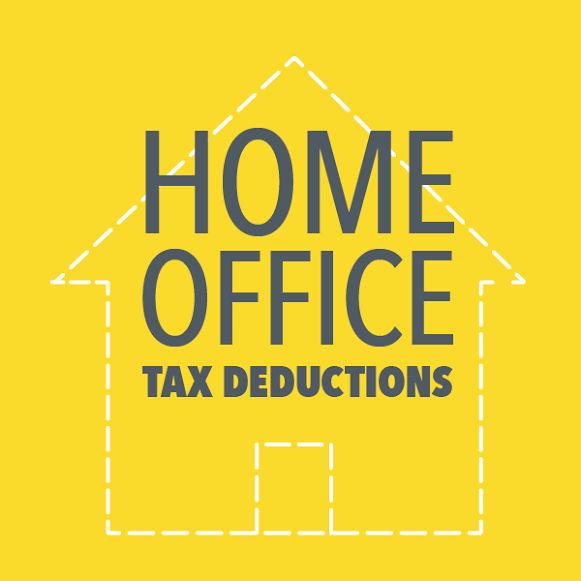Income Tax
How to Lock Down Home Office Tax Deductions
Make no mistake about it, the home office deduction rules are filled with potential landmines for the unwary. However, if you give clients the IRS-approved blueprint, they can preserve deductions for 2014.
Oct. 29, 2014

There’s no place like home as far as federal income taxes are concerned. For most taxpayers, a home can be a valuable source of income tax deductions, including write-offs for mortgage interest and property taxes on a personal return. What’s more, if you operate a business out of your home, you may be eligible for home office deductions on your business return.
Make no mistake about it, the home office deduction rules are filled with potential landmines for the unwary. However, if you give clients the IRS-approved blueprint, they can preserve deductions for 2014.
For starters, the home office deduction is certainly not a gimme. Generally, a taxpayer qualifies only if a portion of the home is used regularly and exclusively as a principal place of business or a place to meet or deal with customers, clients or patients in the normal course of business. This tax law provision often results in deductions for self–employed taxpayers working from the comfort of home, such as the sole proprietor of a sideline business. However, if the taxpayer is an employee, the home office must be used for the employer’s convenience. In essence, this requirement must be spelled out in an employment contract.
The home office deduction for self-employed taxpayers is claimed on Form 8829 (Expenses for Business Use of Your Home). It includes “direct” expenses, like a paint job for the room used exclusively for business, plus a proportionate share of “indirect” expenses like mortgage interest, property taxes, utilities, repairs, insurance, etc. (The portion of mortgage interest and property taxes attributable to the home office would generally be deductible anyway on Schedule A.) To sweeten the pot, the taxpayer can also claim a depreciation allowance for the home office.
Note that the IRS approved a simplified home office deduction, beginning with 2013 returns. It is equal to $5 per square foot of the office up to a maximum total of $1,500. For instance, the deduction for 250-square-foot bedroom used as an office is $1,250. However, if the taxpayer uses 500 square feet in a finished basement for an office, the deduction is still capped at $1,500. You’ll usually fare better by keeping track of actual expenses instead of using the simplified method,
Frequently, the stumbling block for deductions is the requirement to use the home office “exclusively” for business purposes. This is easier said than done. For instance, if you have a home office in a den where your kids also play video games, you’re no longer using the home office exclusively for business. Traditionally, both the IRS and the courts have remained rigid on this matter, but in a recent case a deduction for an office in a small apartment was allowed when it was unrealistic to avoid any personal use (Miller, TC Summary Opinion 2014-74).
Barring extenuating circumstances, you can expect the IRS to stick to the strict letter of the law. Safeguard home office deductions for your clients by advising them of the prevailing rules. If a client resides in a house with a separate room claimed as a home office, he or she should maintain exclusive use of the room for business purposes right through the last day of the year. When he or she isn’t using the room, the client can keep the door shut – or even better, locked – to minimize the chances of personal use at any time.
